We hear the term differentiated instruction a lot. We know that students in the same class cannot possibly all be at the same place in their learning. When faced with large class sizes the logistics of efficiently differentiating curriculum is challenging.
There are at least four different elements that teachers can differentiate within a classroom.
- Content – what the student needs to learn or how the student will get access to the information.
- Process – activities in which the student engages in order to make sense of the content.
- Products – culminating projects that ask the student to rehearse, apply, and extend what he or she has learned in a unit.
- Learning environment – the way the classroom works and feels.
Students for whom English is not a first language can become frustrated when presented with information that meets their English comprehension level but is far below their cognitive level. These students benefit from supplementing verbal and written information with videos. In the past, teachers did not have access to resources that could individualize the material available to their students, now they do.
Four resources that a teacher can use to differentiate are listed below.
- Listenwise curates the best of public radio for the classroom, providing teachers with many collections including English, social studies, science and current events as well as the critical instructional tools. Bringing great informational storytelling into the classroom can meet every student where they are regardless of English level. Listenwise allows for students to hear content as well as read along with a transcript. The speed at which a student listens to content can also be adjusted. Jennifer Gonzalez has an awesome podcast and blog post available about Listenwise.
- Newsela provides teachers, and students with over 1,000 current event articles scaled at five different Lexile reading comprehension levels. Articles are continuously being added to the site. Teachers can assign the lexile level of Newsela articles or students working independently can self select and adjust their reading level.
- Discovery Education offers video resources that include closed-captioning. Many of their videos also are accompanied by transcripts of the video. Language development and comprehension are reinforced through providing spoken and written speech simultaneously.
- Lit2Go offers texts from a variety of genres and has audio books that accompany texts. Readability levels for passages on Lit2Go are reported as Flesch-Kincaid grade levels which are roughly equivalent to U.S. grade levels. Lit2Go also provides spoken and written speech simultaneously.
What tools have you found that help teachers differentiate within their classroom?
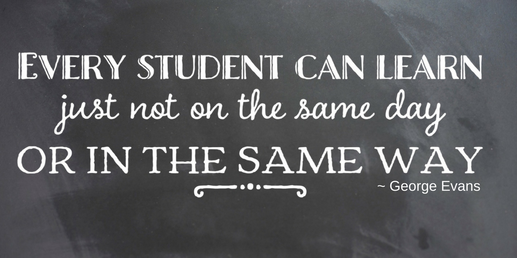
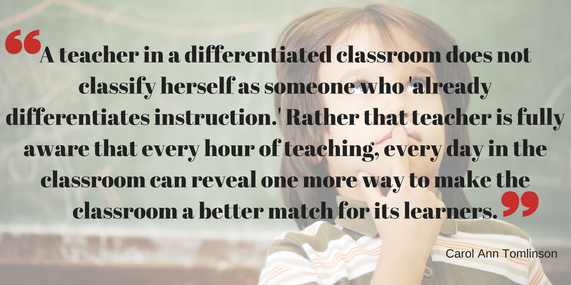

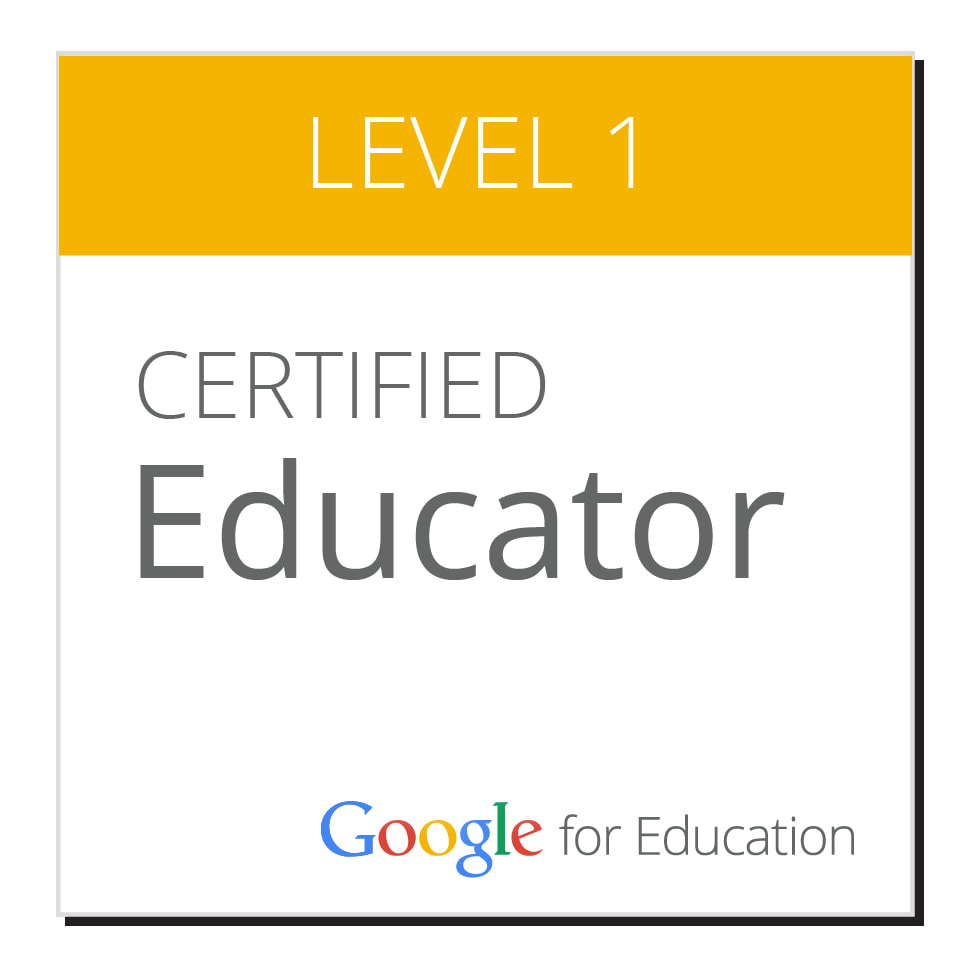
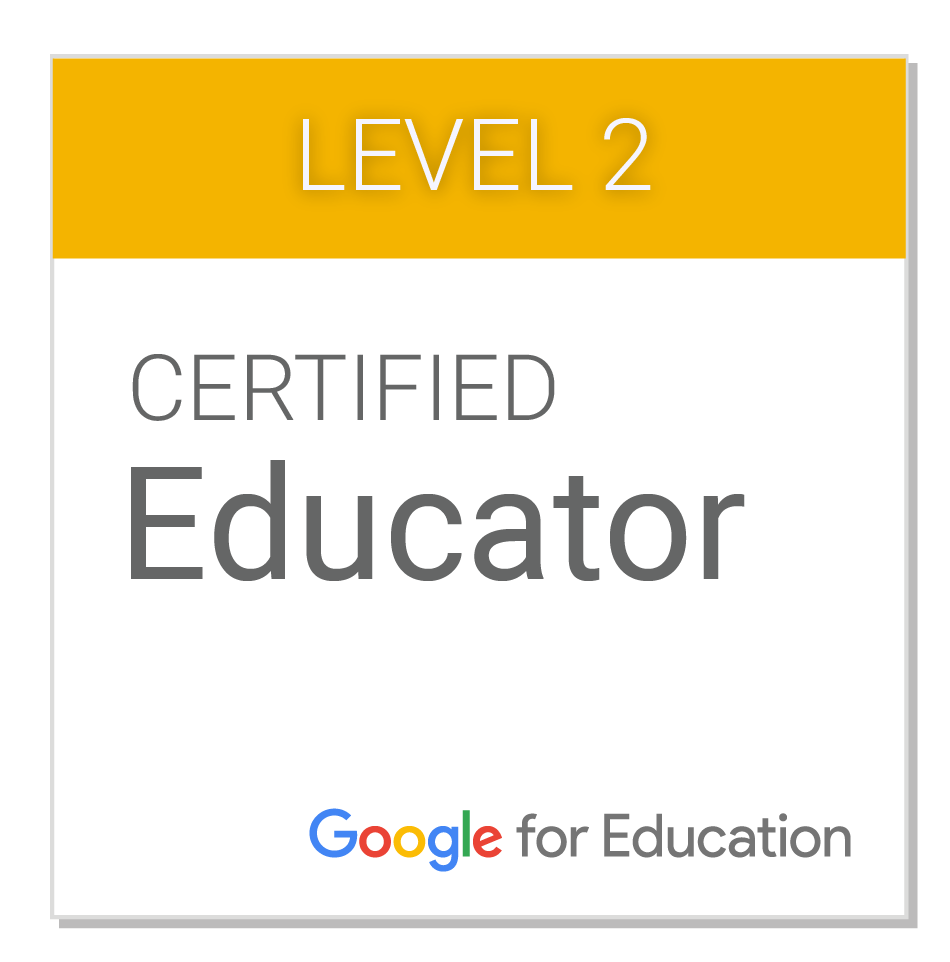
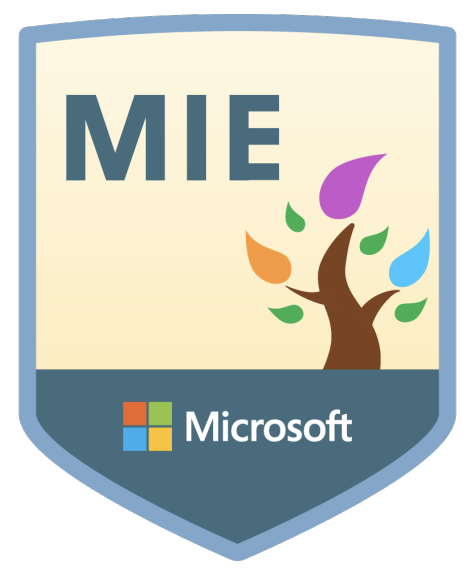
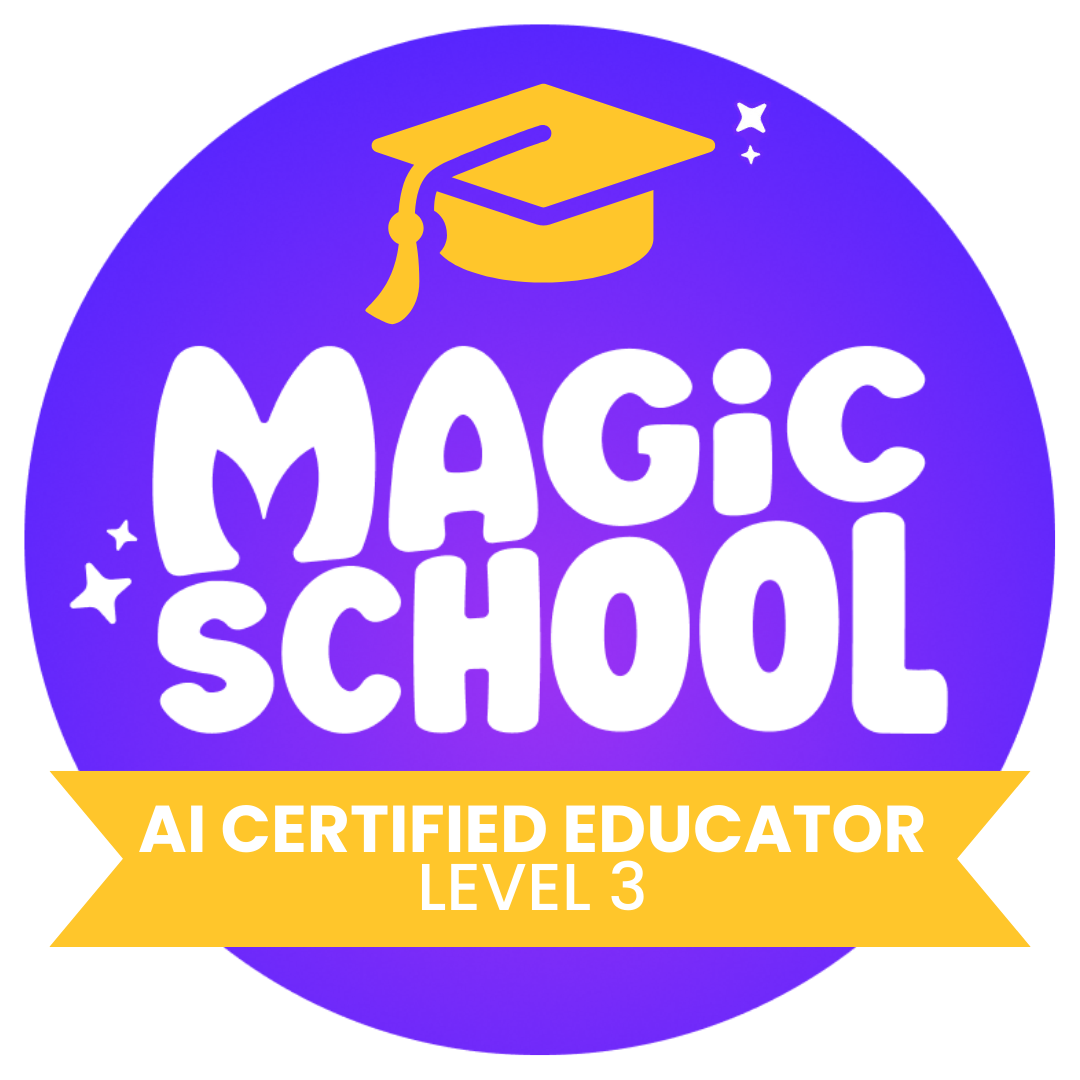

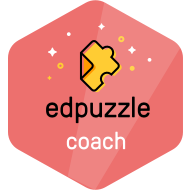
 RSS Feed
RSS Feed
